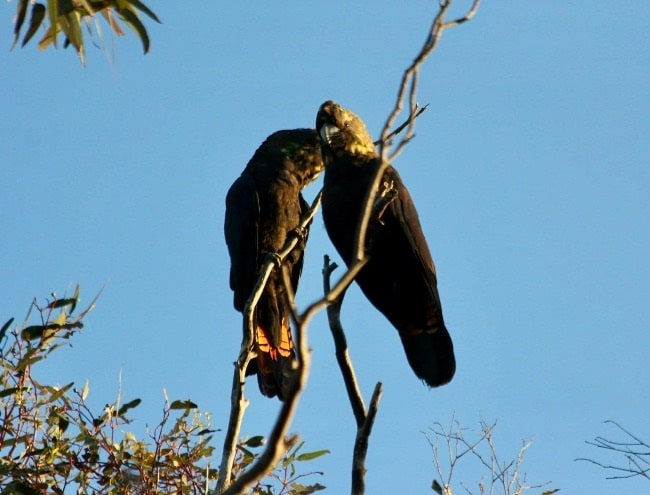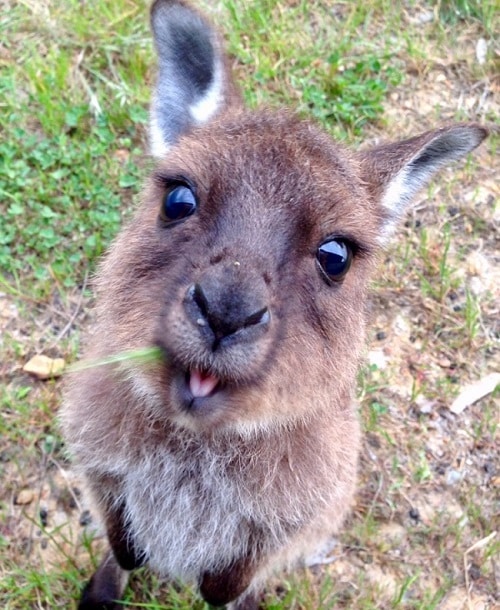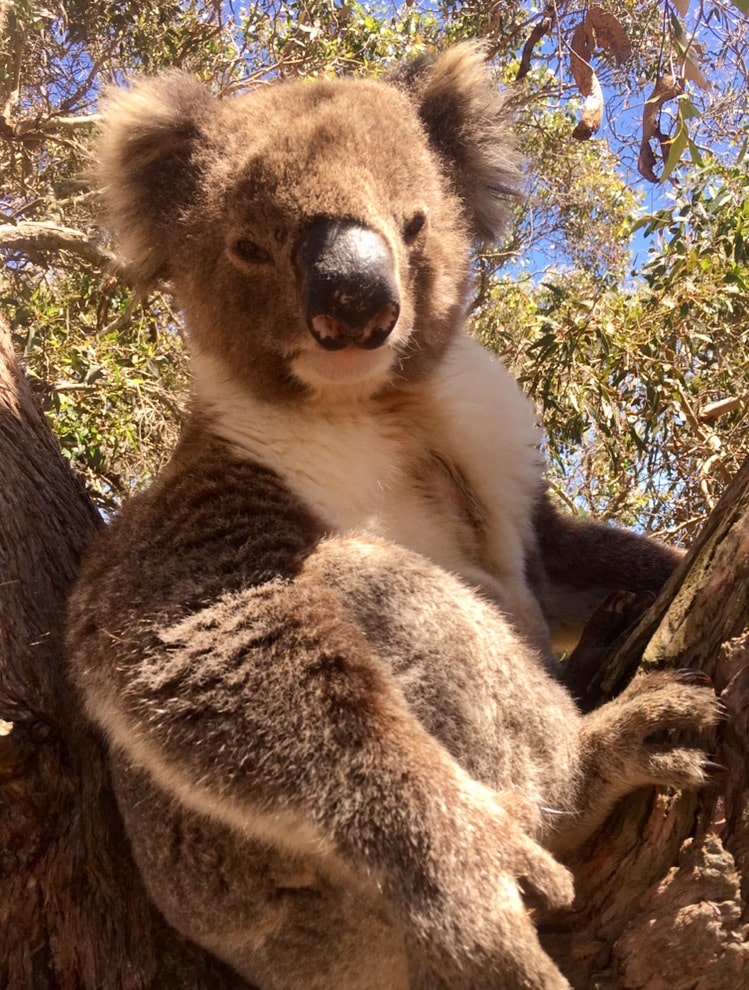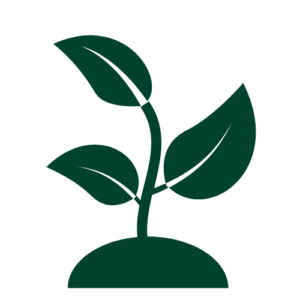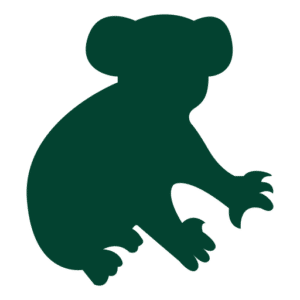Roanna Horbelt is the owner of Left Field Farm, a property located on the north coast of Kangaroo Island. The property is a dedicated wildlife sanctuary and a residence, primarily used for wildlife rehabilitation and release. Left Field Farm is a sanctuary for orphaned, abandoned and injured animals. It is Roanna’s intent for the property to continue to be used for these purposes.
Left Field Farm covers 40.5 hectares of native bushland. Vegetation consists of more than 100 native species of bush, scrub and grasses including she-oaks (Casuarina spp.), sugar (Eucalyptus cladocalyx), pink (E. leucoxylon ssp.) and manna (E. viminalis) gums and yaccas (Xanthorrhoea australis). In 2015, Roanna planted 2,700 trees – mostly she-oaks – as part of the Glossy Black Cockatoo Project.
Wildlife species known to inhabit the sanctuary include approximately fifty glossy black cockatoos (Calyptorhynchus lathami), western grey kangaroos (Macropus fuliginosus spp.), tammar wallabies (M. eugenii), brushtail (Trichosurus vulpecula) and ringtail possums (Pseudocheirus peregrinus), short-beaked echidnas (Tachyglossus aculeatus), Rosenberg’s goannas (Varanus rosenbergi), wedge-tailed (Aquila audax) and white-bellied sea eagles (Haliaeetus leucogaster), bush stone-curlews (Burhinus grallarius), tiger snakes (Notechis scutatus), marron (Cherax cainii), koalas (Phascolarctos cinereus), falcons (Falco spp.), nankeen kestrels (F. enchroides) black-shouldered kites (Elanus axillaris) and many more bird species. Left Field Farm is also refuge for six brumbies, two orphaned cows, four alpacas and more than twenty sheep.
This sanctuary is featured in Wildlife Lands 19!
Left Field Farm is a quirky little 40 hectare sanctuary on the stunning north coast of Kangaroo Island. With never-ending sea views, it is nestled between the two iconic beaches of Stokes Bay and Middle River and just up the road from Lathami Conservation Park, the principle feeding and breeding area of the island’s endangered glossy black-cockatoo.
I purchased Left Field Farm five years ago with the intention of expanding my Kangaroo Island wildlife rehabilitation and release programme, regenerating the vegetation back to its original state and offering a safe-haven for a variety of unwanted, injured or orphaned animals. It also acts as a soft release site for our local Kangaroo Island Wildlife Network and a refuge for six simply stunning Australian brumbies. As a long time eco-tour guide with Kangaroo Island Wilderness Tours, I also intend to introduce accommodation in the form of a couple of cosy, low-impact yurts in the near future.
Owing to its isolation from the mainland, Kangaroo Island is the perfect place for Wildlife Land Trust sanctuaries to flourish. More than one third (2,250 km2) of native old growth is already preserved by National Parks, conservation parks and wilderness protection areas. And the wildlife, both on land and in the ocean, is prolific. Kangaroo Island is also the latest drawcard on the tourism and investment agenda of many business entities. Direct flights from Sydney and Melbourne will soon be introduced, and large-scale developments are planned. So now, more than ever, it is critical for local private property custodians to seek out programs like the Wildlife Land Trust; to join communities with the preservation and conservation of our remarkable biodiversity in mind and to learn from others’ experiences.
Not a day goes by that I am not eternally grateful that this wonderful piece of land and I somehow managed to find each other. And I’m immensely looking forward to protecting it in the interests of its inhabitants for future generations.

